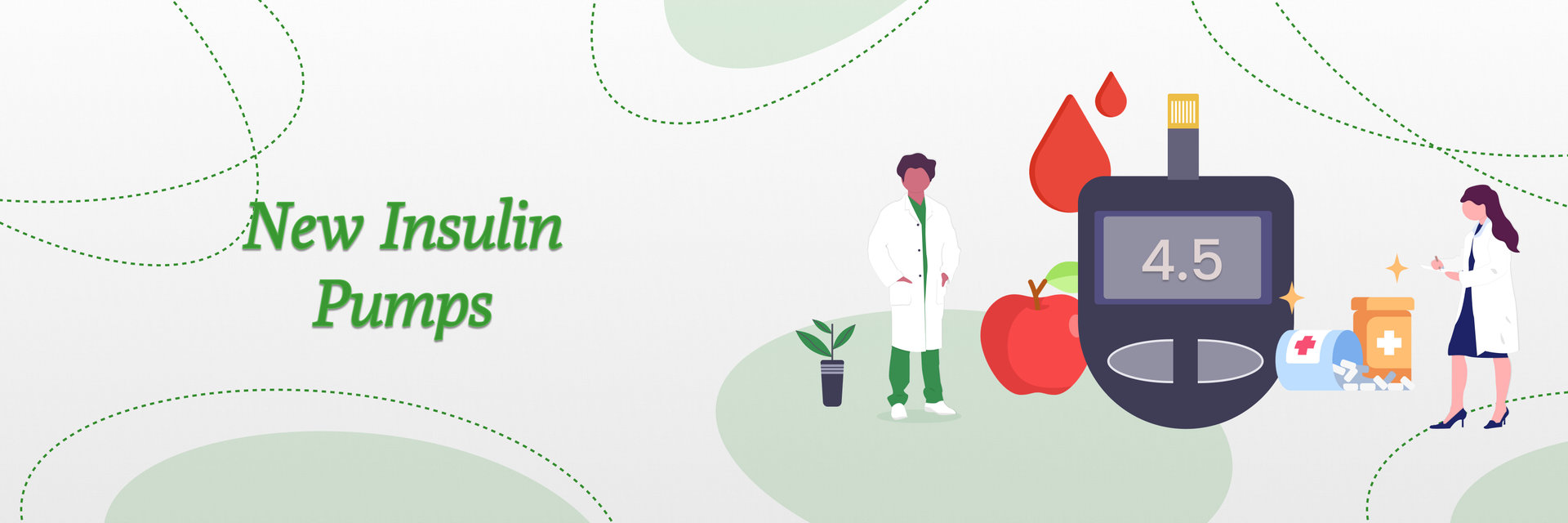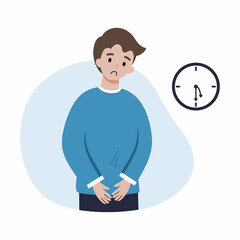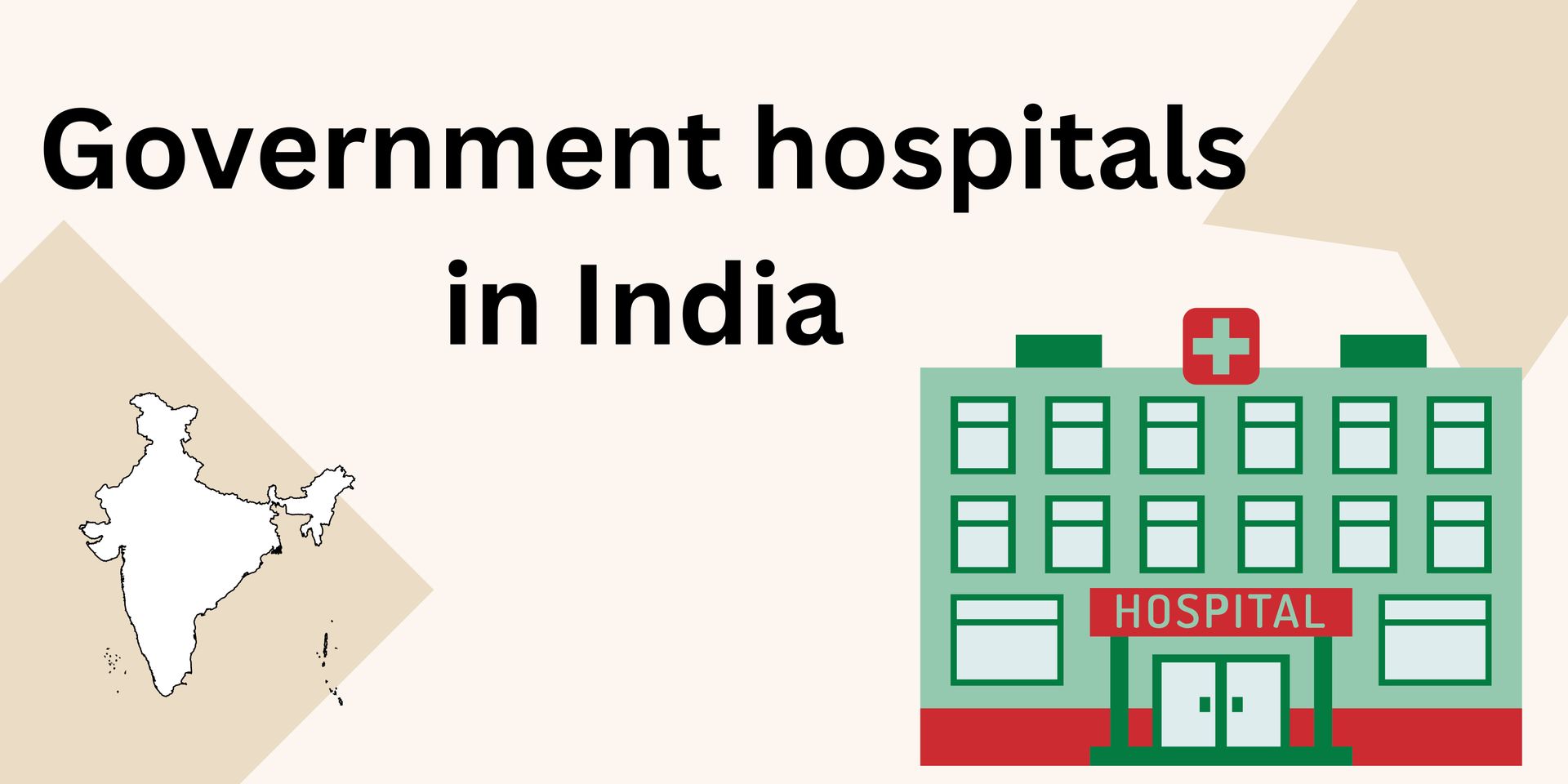Overview
Moisture in the home is more than just an inconvenience it can lead to serious health hazards. Damp conditions create an ideal environment for mold and mildew growth, which can affect indoor air quality and pose risks to respiratory health of basement contractors. Waterproofing is a crucial step in preventing moisture-related issues, ensuring that homes remain dry, safe, and structurally sound. Understanding how waterproofing protects health can help homeowners make informed decisions about maintaining a healthier living environment.
Basement Waterproofing and Mental Well-being
Persistent moisture and mildew problems don’t simply affect bodily health they also can effect mental nicely-being. Living in a humid or musty-smelling environment can make a contribution to pressure, anxiety, and a constant sense of discomfort. Homeowners may sense crushed by means of the want for common cleansing or repairs because of mildew reappearance. By investing in professional waterproofing, people can enjoy peace of thoughts, understanding their home is included against hidden moisture threats. A dry, easy area creates a greater satisfactory and mentally uplifting living surroundings.
The Connection Between Moisture and Health Problems
Excess moisture in the home fosters the growth of mold and mildew, both of which release airborne spores that can cause respiratory issues, allergies, and other health concerns. Individuals with asthma, weakened immune systems, or sensitivities to allergens may experience worsened symptoms when exposed to mold-contaminated air.
Prolonged exposure to mold spores can lead to:
How Waterproofing Prevents Mold Growth
Since mold needs moisture to grow, controlling water intrusion is the most effective way to stop its spread. Proper waterproofing measures help prevent moisture buildup in basements, crawl spaces, and other damp-prone areas of the home.
- Sealing Foundation Cracks
Even small foundation cracks can allow moisture to enter a home, leading to mold growth behind walls and under flooring. Waterproofing treatments involve sealing these cracks with specialized products that block water intrusion. - Improving Drainage Systems
Poor drainage around the home can lead to water pooling near the foundation, increasing the likelihood of basement leaks and humidity buildup. Ensuring that gutters, downspouts, and grading are directing water away from the home is essential for moisture control. - Installing a Sump Pump
A sump pump helps prevent basement flooding by actively removing excess water from beneath the home. This significantly reduces moisture levels and prevents conditions that encourage mold growth. - Using Waterproof Membranes
Waterproof membranes applied to foundation walls act as a barrier against moisture, preventing damp conditions that foster mold and mildew. Exterior waterproofing methods ensure long-term protection against groundwater seepage.
The Role of Humidity Control
Beyond direct water intrusion, high humidity levels can create an environment where mold thrives. Homes in areas with naturally high humidity require additional waterproofing measures to maintain a dry interior.
- Dehumidifiers
Using a dehumidifier in basements and other moisture-prone areas keeps humidity levels under control, reducing the chances of mold growth. - Proper Ventilation
Improving airflow prevents moisture buildup. Installing exhaust fans, opening windows when possible, and maintaining good air circulation help maintain dry conditions.
Emerging Waterproofing Technologies
Innovations in waterproofing substances and techniques are making homes even more resistant to moisture infiltration.
- Self-healing concrete includes substances that react with water to seal small cracks routinely.
- Smart moisture sensors integrated into basements and crawlspaces can alert owners to leaks or extended humidity earlier than mould develops.
- Nano-coatings are getting used to waterproof masonry surfaces, supplying longer-lasting and less invasive safety than conventional methods.
Waterproofing as Part of Climate Resilience
With greater frequent severe climate occasions and rising groundwater ranges due to weather exchange, waterproofing is no longer optional in many areas.
- Areas prone to heavy rainfall or flooding require comprehensive water management, together with sump pumps, French drains, and barrier structures.
- Waterproofing improves a home's resiliency, supporting it face up to now not simply every day moisture however also severe conditions, reducing insurance claims and lengthy-time period damage.
Energy Efficiency Benefits
Excess moisture can make heating and cooling systems paintings harder, increasing electricity consumption.
- By lowering humidity ranges, waterproofing lowers the load on HVAC systems, main to higher power performance and decrease utility bills.
- A properly-insulated, moisture-unfastened domestic maintains temperature more effectively, enhancing yr-spherical comfort.
Impact on Home Value and Marketability
Waterproofing isn’t just about protection it’s additionally a clever monetary choice.
- Homes with proper waterproofing and visible moisture manipulate structures are regularly more appealing to buyers and can command higher resale values.
- A documented records of expert waterproofing can decorate purchaser self belief and decrease negotiation factors all through a sale.
Legal and Insurance Considerations
Unchecked moisture and mildew troubles can create criminal complications and restrict coverage coverage.
- Some property owner coverage regulations might also exclude mould damage if it outcomes from poor protection or loss of waterproofing.
- In condo houses, landlords may be legally obligated to cope with moisture troubles that have an effect on tenant health, making waterproofing a vital compliance degree.
Customized Waterproofing Solutions
Not all homes have the identical moisture vulnerabilities, so tailor-made answers are key.
- Historic houses, as an instance, require waterproofing that preserves architectural integrity while offering contemporary protection.
Homes with finished basements may additionally want indoors structures like vapor limitations and floor drains in addition to outdoors sealing.
The Evolving Role of Preventative Aesthetics in Self-Care, just as waterproofing prevents home damage, people are now turning to proactive skincare and non-invasive treatments to avoid future health issues proving that prevention, in both home and personal care, is smarter than cure.
Protecting Personal Belongings and Home Structure
In addition to health risks, moisture damage can ruin furniture, clothing, electronics, and important documents. Waterproofing safeguards personal belongings, ensuring that mold does not damage valuable items stored in basements or closets.
Moisture-related damage can also weaken wood structures, deteriorate insulation, and contribute to costly repairs. Protecting a home through waterproofing solutions prevents long-term structural issues, making it a worthwhile investment in both health and property longevity.
Conclusion
Waterproofing is a powerful defense against mold, mildew, and excess moisture that can threaten health and home integrity. By addressing water intrusion, improving drainage, and controlling humidity, homeowners can create a safer living environment free from harmful contaminants. Investing in waterproofing ensures cleaner indoor air, fewer health risks, and lasting protection against moisture-related issues. A dry home is not only more comfortable but also healthier for everyone inside. For expert renovation and waterproofing solutions in New York, trust Zicklincontracting.com to deliver quality craftsmanship and reliable service.







